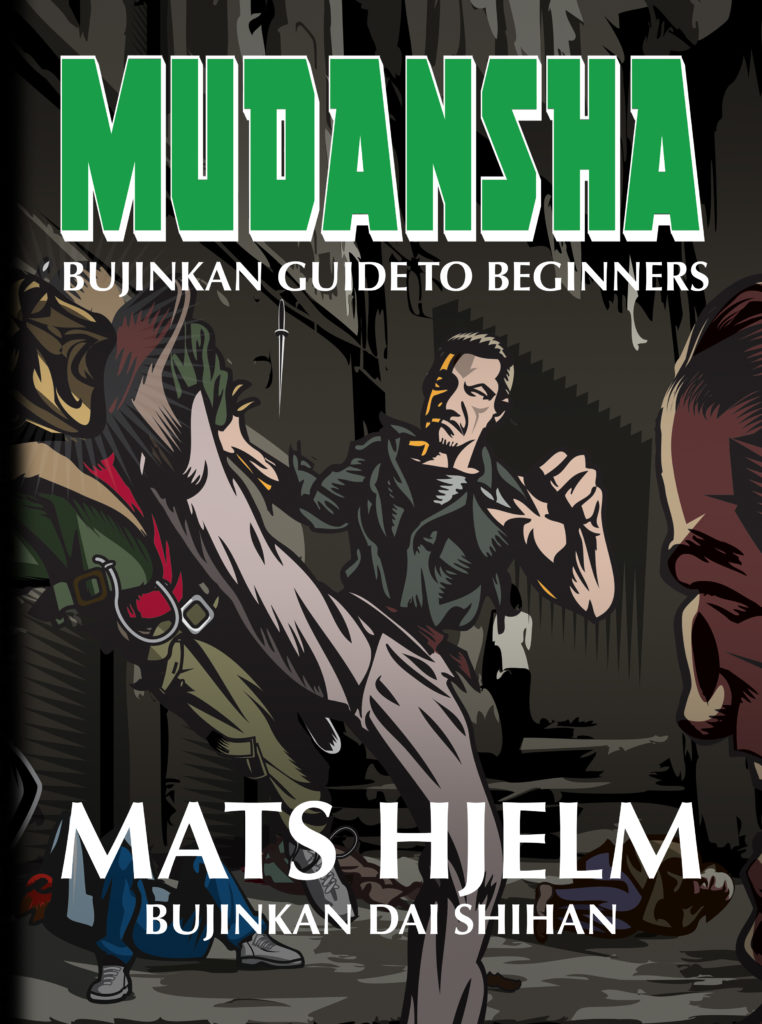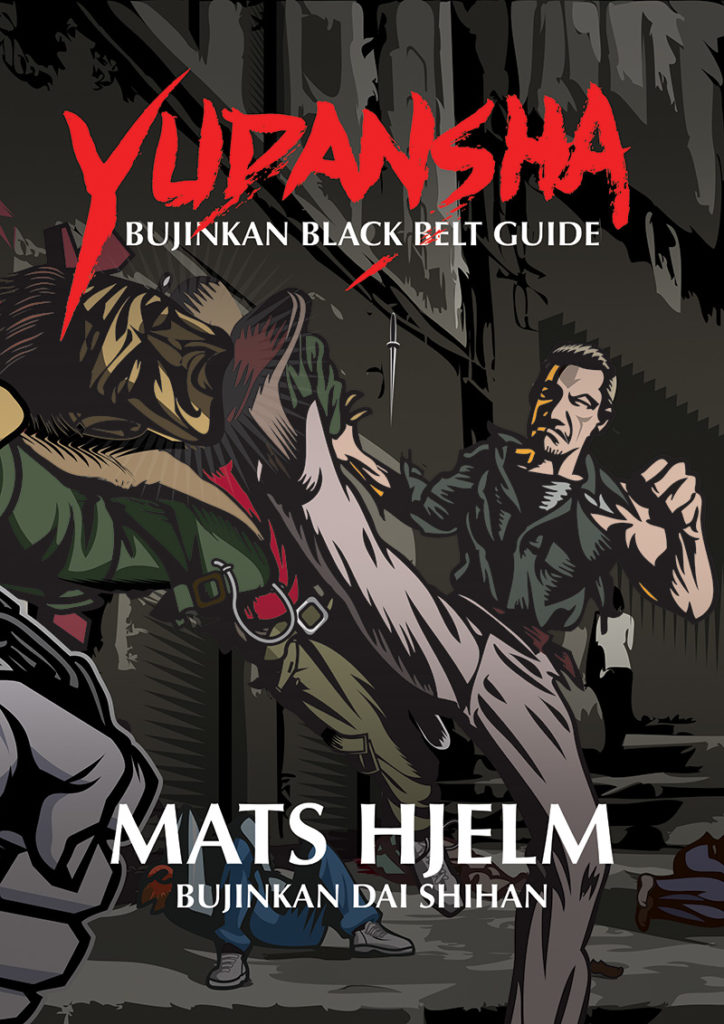From Blog – Bujinkan Kokusai Renkoumyo 武神館國際連光明道場 by Toryu
Is the link between the Togakure Ryu and Kukishin Ryu deeper than we thought???
In the middle ages, there was a very serious samurai practice to take written vows when undertaking the study of a military science, especially when the pupil is from outside of the family.
In the case of the Kukishin Ryu, the Kuki family to this day still preserves a document from 1532 CE that has been continuously added to until modern times. The document is the 2nd scroll in a set of two titled “Seiyakusho” (誓約書). It is a written oath that pupils sign upon formally entering the school or “Ryu”. It is a promise to uphold the true meaning and spirit of the martial arts (military arts) and that one promises to cultivate a great sense of justice. The signature is traditionally accompanied by a thumbprint in blood, vowing they will never reveal what they have been taught to others without the master’s permission.
In the book Kukishinden Zensho by Ago Kiyotaka in 1983 he writes that he could hold in his own hands and examine this original 1532 CE document carefully. He notes that the more recent portion of the document leading up to the modern times was re-written by Kuki Takaharu in 1904.
This list is a veritable all-star list of Japanese military commanders and master swordsmen. Including Yamamoto Kansuke (Red Star on pic), known to have studied Togakure Ryu ninjutsu from Fujibayashi Nagato no Kami. The list also includes Sanada Masayuki (Green Star), the father of Sanada Yukimura. Both men are recorded as hiring local shugenja from the Togakure and Iizuna regions as shinobi and “Kamari” commandos in their forces.
Takamatsu Toshitsugu (Yellow star), our current Soke’s master also signed this list in 1899, vowing his allegiance to the emperor and the nation and to protect the teachings of the Kukishin Ryu. His “Kohai” or junior training partner Iwami Nangaku signed the list in 1922.
As Kuki Takahiro (隆博) died in WWII he was the last signature on the list as the Kuki family has taken vows of peace and no longer are involved in the martial arts. They now run several successful businesses and corporations all over the country and still administrate the Kumano Grand Shrine.
The original document list begins in 1532 with the vows and signatures/stamps of;
Kuki Yagoro, 1532 CE
Yamamoto Kansuke, 1534 CE
Kuki Moritaka, 1573 CE
Kuki Yoshitaka, 1574 CE (Formed the Kuki Navy from various bands of pirates from the Shima region)
1 name omitted
Sanada Masayuki, 1577 CE (Father of the famous Sanada Yukimura who used Shinobi from Togakure)
Bessho Nagaharu, 1576 CE
2 names omitted
Itō Ittōsai, 1573 CE (Famous master swordsman, 2nd to only Miyamoto Musashi, 33 matches, no losses)
Kuki Shigetaka, 1576 CE (Son of Kuki Yoshitaka)
Kuki Takasue, 1597 CE (Son of Kuki Moritaka)
Miyamoto Musashi (Black star), 1494 CE (Here we have an enigma, the date is exactly 100 years too early but it is for the famous swordsman, the Kuki family claims that it is the same Miyamoto Musashi who wrote the book of 5 Rings and fought over 60 duels with only one loss, I think the date may be a typo and should read 1594 putting Musashi at around 10 years old, the normal age of taking these vows)
Chōsokabe Motochika, 1595 (Daimyo of the Chōsokabe Clan)
Takagi Oriemon (Blue star), 1616 CE (Founder of the Takagi Yoshin Ryu)
Kuki Takayuki, 1648 CE (Daimyo of the Tanba Ayabe Domain)
1 name omitted
Kuki Takanao, 1662 CE (3rd Daimyo of the Tanba Ayabe Domain, brought Kito Ryu into the Kuki family)
Kuki Takahide, 1683 CE (Son of Kuki Takanao)
Shibukawa Bangoro, 1625 CE (Founder of Shibukawa Ryu Jujutsu)
Kimura Ittosai, 1649 CE (no information on him at this time)
Kuki Takashin, 1712 CE (Founder of the Shima branch of the Kuki family)
Kuki Taka??, 1743 CE (no information at this time)
Kuki Takanori, 1773 CE (8th Daimyo Lord of the Tanba Ayabe Domain)
3 names omitted
Ishitani Matsutaro, 1868 CE (Takamatsu Sensei’s 2nd master)
Takamatsu Toshitsugu, 1899 CE (Hatsumi Sensei’s master)
Iwami Nangaku, 1921 CE (Takamatsu Sensei’s Kohai under Ishitani Sensei)
9 names omitted
Shiozaki Katsuo, 1923 CE (Student of Iwami Nangaku)
Essay by Sean Askew
Bujinkan Kokusai Renkoumyo
9/6/2018






Let’s know in the comments. Please, if like what we are doing, click “Like,” “Fellow”, give us “Feedback” “comments,“ and get a notification about a new post.…
 20% DISCOUNT
20% DISCOUNT 


















 武神館無段者の案内所
武神館無段者の案内所





 武神館有段者の案内所
武神館有段者の案内所 He was very excited about the finds and insisted that I get everything translated over into Japanese for him right away.
He was very excited about the finds and insisted that I get everything translated over into Japanese for him right away.